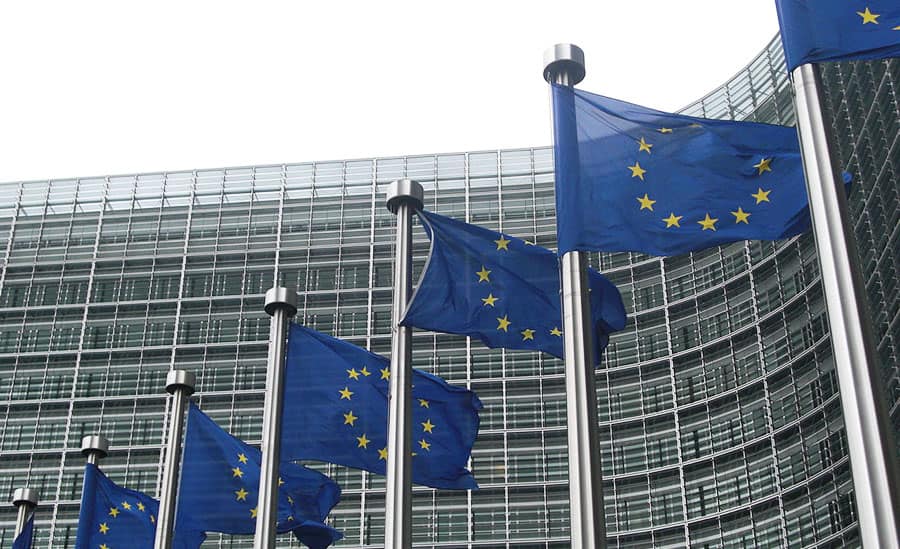Guest article: How do Economic Operators play a part in ensuring compliance of medical equipment?


In Europe, wheelchairs and other mobility aids can only be placed on the market if they fulfil the necessary regulatory requirements. Under the previous medical device directives, manufacturers were the primary party responsible for the compliance of their products.
Now, under the EU Medical Device Regulation (EU MDR), additional stakeholders share in the compliance responsibility. In addition to Manufacturers, the regulation now specifies expectations for ‘Economic Operators’ a term that encompasses Distributors, Importers and Authorised Representatives. Each of the Economic Operator (EO) entities now have specific regulatory requirements they must meet under the new regulation.
Beth Crandall, Managing Director, Global Solutions Delivery Leader at RQM+, shares her insights into MDR and some of the key regulatory aspects companies in the sector need to be aware of.
By Beth Crandall
With the Economic Operators now sharing responsibility for compliance, medical device safety is improved through the addition of further checks along a product’s journey before reaching the end-user. This is intended to protect the consumer from issues such as damaged or counterfeit products being placed on the market. People with mobility impairments and services related to healthcare, independent living and rehabilitation should have increased confidence that their products are safe and effective.
It is critical that each entity involved in placing medical equipment on the market understands and implements their specific requirements. The delay of the EU MDR deadline to May 26, 2021, announced in April of 2020 was, therefore, a welcome development for the industry, providing companies with additional time to prepare.
Shared legal liability
The most significant change in terms of responsibilities is the sharing of compliance and legal liability across the entire supply chain. Except for Distributors, all other EO entities are jointly and severally liable for device compliance under the EU MDR. One non-compliant entity can therefore have direct legal implications on the rest. Each EO should have a clear overview of their own and shared responsibilities – while Manufacturers should take on the overarching responsibility of ensuring their entire supply chain of EOs is compliant to ensure their products encounter no disruptions before reaching market. The first step for Manufacturers is to map out the supply chain and identify each EO according to Article 2 of the EU MDR. In this way, they will be able to verify the responsibilities of each EO and ensure their capacity to fulfil these obligations.
Document verification
Although it is the Manufacturer’s responsibility to establish and maintain Declarations of Conformity and obtain CE marking certification, each EO will now play a part in verifying these elements. Authorised Representatives (AR) and Importers, for instance, will be charged with checking that the Manufacturer has complied with its registration obligations. In fact, the AR’s mandate must include verification of the Manufacturer’s Declaration of Conformity and copies of technical documentation and relevant certificates. Given that the AR’s mandate may be requested at any point by the Competent Authority, it is essential that access to these documents is ensured by both parties at all times. This cross-checking between entities helps to establish a higher degree of record-keeping and reporting.
Labelling checks
Importers and Distributors must respect manufacturer guidelines relating to the storage, maintenance and transport of products. For their part, Distributors must ensure that each device contains Instructions for Use (IFUs), a CE mark, a Declaration of Conformity and, once implemented and if applicable, information relating to products’ Unique Device Identification details. In addition to these responsibilities, Importers must check that devices are labelled correctly according to regulations and match their IFUs. Lastly, they must ensure that device labelling allows for Importer identification and includes their name, registered trade name or trademark, registered place of business and address for contact. Some Importers may also function as Distributors, but this is not always the case. For companies falling under both categories, the responsibilities ascribed to both entities will need to be assumed.
Non-conformances and product recalls
Under the EU MDR, each entity must follow a formal process if they identify non-conforming products or vigilance incidents. For instance, should Importers identify a non-conforming device, they must have a system in place to notify the Manufacturer, the Authorised Representative, and the Competent Authority. Furthermore, the Authorized Representative and the Manufacturer’s appointed Person Responsible for Regulatory Compliance must have mechanisms in place to prevent a product from reaching the market or to halt distribution if needed.
EUDAMED registration
The Manufacturer, Importer and AR must also be registered in EUDAMED, the European database for medical devices. Full implementation of EUDAMED has been postponed to 2022, but individual modules are gradually being made available in advance. Entities should proactively gather the necessary data for EUDAMED registration, and continually monitor developments. The first of six modules – the Actor registration module – was launched December 2020. This module allows Economic Operators to submit the information necessary to obtain a single registration number (SRN). The SRN guarantees EU-wide unique identification for EOs.
Strengthened supply chain compliance
Under the EU MDR, thorough compliance monitoring of mobility aid devices throughout their journey along the supply chain will help to ensure a higher level of safety. Given the unprecedented changes that the regulation represents for all industry stakeholders, companies may want to consider reaching out to external experts for support and guidance on establishing a compliant network of EOs. With just a few months to go until the EU MDR deadline, manufacturers and their EOs must take action now if they haven’t already, as non-compliance could have a real impact on the people and services that depend on access to mobility products.
For greater detail on the new responsibilities for Economic Operators required by the EU MDR, download a free copy of RQM+’s dedicated paper here: http://bit.ly/2SU1nlx
About the author: Beth Crandall is a respected leader who brings over 15 years of experience in the life sciences industry, specialising in the regulated medical device market. Beth also possesses a strong background of leading large-quality system programs and implementing changes to related policies, procedures and systems.


